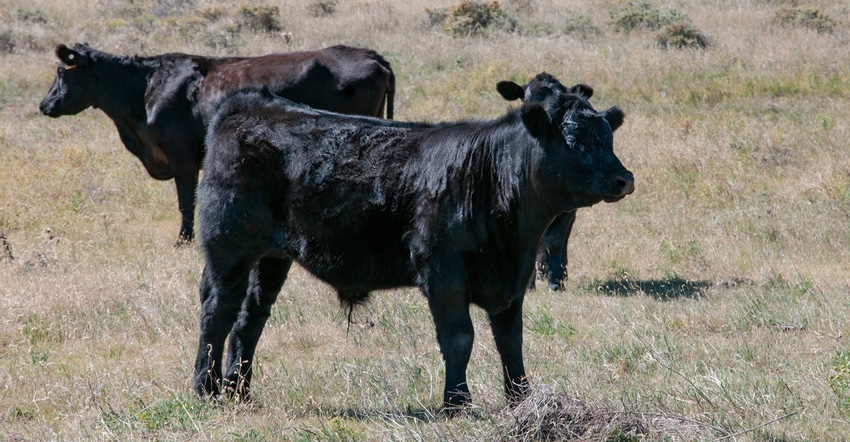August 3, 2020

The Golden Plains Area Extension office issued a warning recently regarding the threat of rising nitrate levels in feedstuffs. Travis Taylor, Colorado State University livestock Extension agent, defined the key dangers of rising nitrate levels in feed. Taylor’s information follows.
Dry weather has left Colorado crop and livestock producers pondering what to do with failing crops and in search of alternative livestock forages. Plants under optimal growing conditions convert nitrogen from the soil into stored protein.
Stressed growing conditions — such as the current dry weather — interfere with a plant’s ability to convert nitrogen, and it accumulates as stored nitrate. Forage crops, especially grass types (corn, sorghum, barley, wheat and millet) can store excess nitrates in plant tissue when the plant is stressed during growth. Other plants, such as pigweed, wild sunflower and kochia, are also known to store nitrates.
Normally, livestock convert nitrate to nitrite, which is excreted in the urine. However, excessive levels that animals cannot process are absorbed into the bloodstream and block oxygen transport, thus causing the animal to be starved for oxygen.
Feed containing extreme nitrates is toxic, but even elevated levels that are fed will cause poor performance and possible aborted pregnancies. Individual response to nitrate levels and the toxic level can be different for each animal.
Factors for nitrates rising
When should you worry about nitrate in feedstuffs? Conditions such as drought, hail, hot winds and even extended periods of cloudy weather when swathing can change forage nitrate levels. Other contributing factors, such as high levels of fertilizer or manure application as well as the timing of herbicide application, can compound nitrate problems.
In short, if a forage has been significantly stressed during growth, it is important to test for nitrates. A diphenylamine test can be done and returns a quick positive blue or purple color in plant tissue containing higher nitrate levels, but it cannot determine the feed’s actual nitrate level. Forages that test positive should have a more detailed qualitative analysis test done to determine actual nitrate levels. The Colorado State University Extension fact sheet found online contains guidance for testing and information about what levels are safe for different classes of livestock.
Forages that test higher in nitrates can be used, but they may require some additional processing — especially — mixing to be fed. Standing forages may be sparsely grazed, as plants tend to store excess nitrates in the stalk of the plant.
If failed crops are being baled, they might be swathed at a taller height to leave more stalk behind and thus lower the nitrate level in bales or silage. Additionally, non-pregnant livestock can tolerate higher nitrate levels, but such adaptation takes time. In this dry year, producers should make sure to test for nitrates if putting up failing crops or buying stressed feeds. For additional information on nitrates in feeds contact your local CSU Extension Office.
Source: Colorado State University, which is solely responsible for the information provided and is wholly owned by the source. Informa Business Media and all its subsidiaries are not responsible for any of the content contained in this information asset.
You May Also Like




